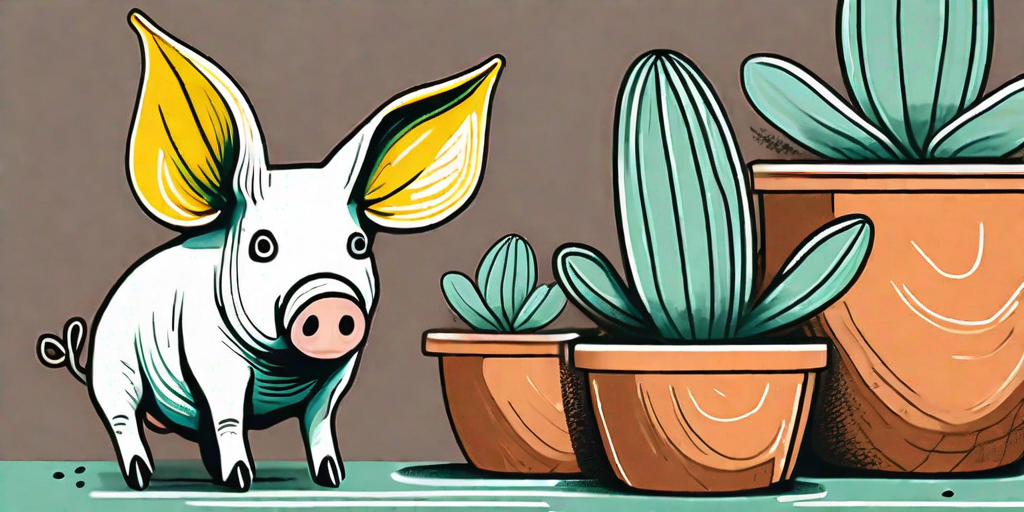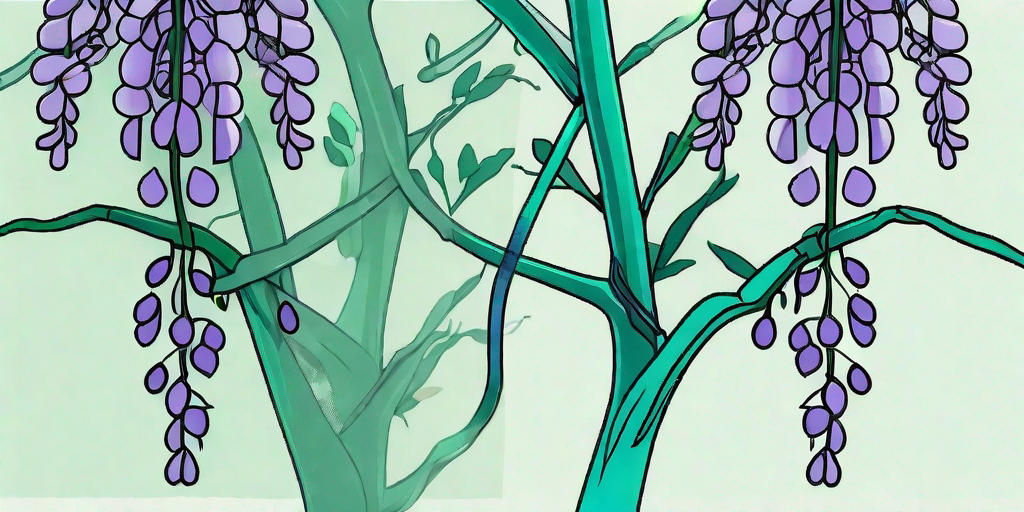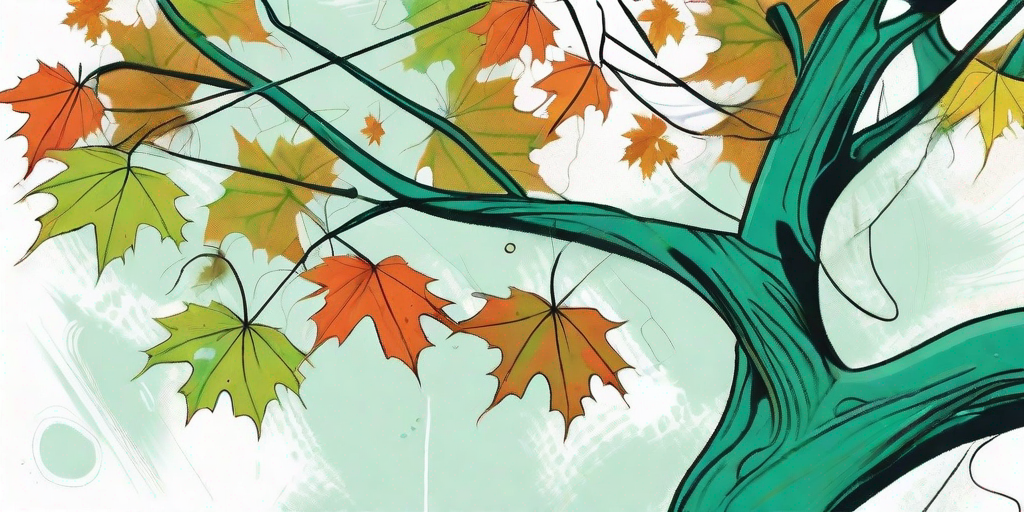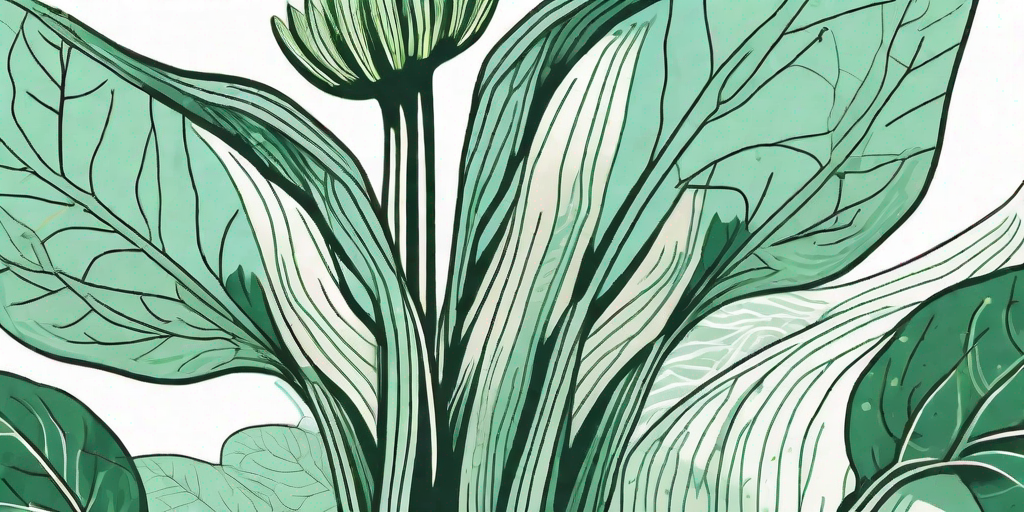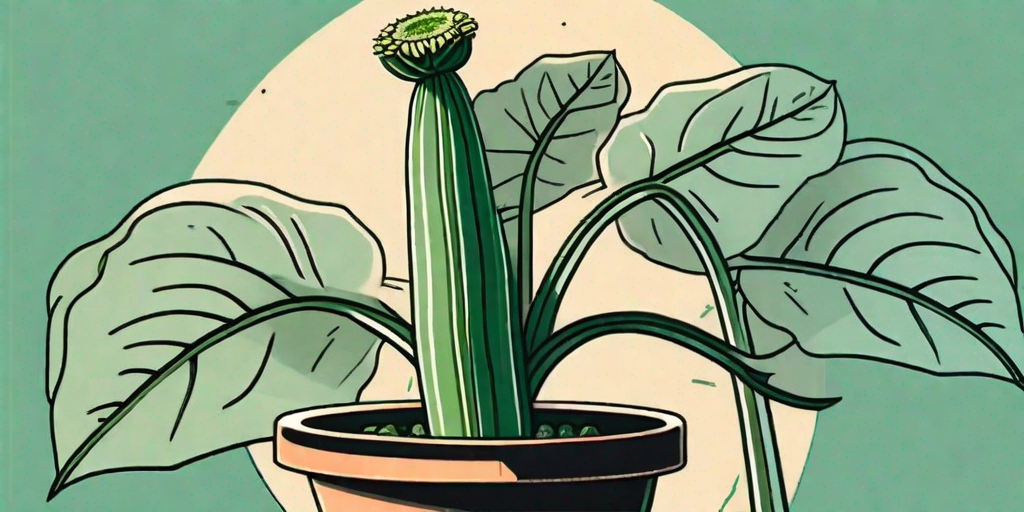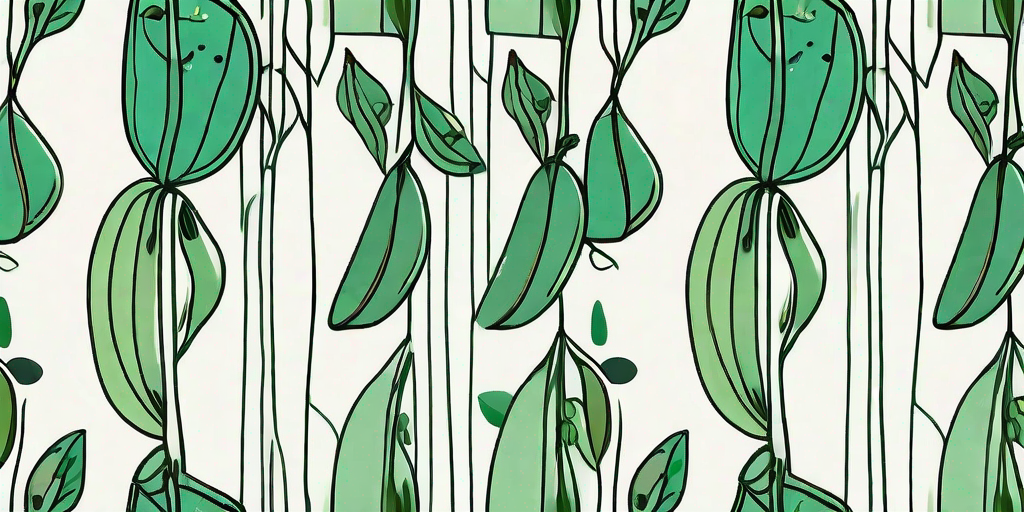
Welcome, green-thumbed enthusiasts and curious plant parents! Today, we embark on a journey into the world of the Pig's Ear Succulent, a plant that's as quirky as its name. If you're ready to get your hands dirty and dive into the wonderful world of succulents, then you're in the right place. So, buckle up, and let's get started!
Understanding the Pig's Ear Succulent
First things first, let's get to know our plant of the hour. The Pig's Ear Succulent, scientifically known as Cotyledon orbiculata, is a South African native that's as hardy as it is unique. With its fleshy, oval-shaped leaves that resemble, you guessed it, a pig's ear, this succulent is a real conversation starter.
But don't let its peculiar appearance fool you. This plant is more than just a pretty (or should we say, quirky) face. It's a drought-tolerant, low-maintenance beauty that's perfect for those who are notorious for forgetting to water their plants. In other words, it's a lazy gardener's dream come true!
Characteristics of the Pig's Ear Succulent
What sets the Pig's Ear Succulent apart from the rest? Well, aside from its distinctive pig's ear-shaped leaves, this plant is known for its thick, fleshy foliage that's typically grey-green in color. But wait, there's more! When exposed to bright sunlight, the leaf margins can turn a stunning shade of red, adding a pop of color to your garden or windowsill.
The Pig's Ear Succulent is also a bloomer. Come late winter or early spring, you'll be treated to a show of bell-shaped, coral-colored flowers that rise above the foliage on tall stalks. Now, isn't that something to look forward to?
How to Grow a Pig's Ear Succulent
Now that we've gotten to know our succulent superstar, it's time to roll up our sleeves and get our hands dirty. Growing a Pig's Ear Succulent is a straightforward process that even the most novice of gardeners can master. So, let's dive in!
Step 1: Choose the Right Soil
The key to a happy Pig's Ear Succulent is well-draining soil. These plants are not fans of wet feet, so a succulent or cactus mix is your best bet. You can also make your own mix by combining regular potting soil with coarse sand or perlite.
Remember, the goal is to provide a growing environment that allows excess water to drain quickly. This will help prevent root rot, a common issue that can spell disaster for your succulent.
Step 2: Provide Plenty of Sunlight
Pig's Ear Succulents love the sun. They thrive in bright, indirect light, but can also tolerate direct sunlight. However, if you're growing your plant indoors, make sure to place it near a south or west-facing window for the best results.
If your succulent isn't getting enough light, it may start to stretch out or become leggy. This is a sign that your plant is reaching for the sun and could use a bit more light. On the flip side, if the leaves start to scorch or turn brown, it might be getting too much sun. Remember, balance is key!
Caring for Your Pig's Ear Succulent
Now that you've successfully grown your Pig's Ear Succulent, how do you keep it happy and healthy? Fear not, for we have all the answers!
Watering Your Succulent
When it comes to watering your Pig's Ear Succulent, less is more. These plants are drought-tolerant and prefer their soil to dry out completely between waterings. A good rule of thumb is to water your succulent once every 1-2 weeks in the summer and once a month in the winter.
Overwatering is the quickest way to kill a succulent, so when in doubt, hold off on the H2O. Your Pig's Ear will thank you for it!
Feeding Your Succulent
While succulents don't require a lot of food, a little bit of fertilizer can go a long way in promoting growth and vibrant colors. Feed your Pig's Ear Succulent once a month during the growing season (spring and summer) with a balanced, water-soluble fertilizer. Just remember to dilute it to half the recommended strength to avoid burning the roots.
During the dormant season (fall and winter), hold off on the fertilizer. Your succulent will be taking a well-deserved rest and won't need the extra nutrients.
FAQs
Why are the leaves on my Pig's Ear Succulent falling off?
Leaf drop is often a sign of overwatering. Remember, these plants prefer their soil to dry out completely between waterings. If the leaves are yellow and mushy, cut back on the water. If they're shriveled and dry, your plant might be thirsty.
Can I grow a Pig's Ear Succulent from a leaf cutting?
Absolutely! Simply take a healthy leaf, let it dry out for a few days to form a callus, then place it on top of well-draining soil. In a few weeks, you should see new roots and possibly a new plantlet forming.
Is the Pig's Ear Succulent safe for pets?
Unfortunately, the Pig's Ear Succulent is toxic to cats and dogs if ingested. If you have furry friends at home, it's best to keep this plant out of their reach.
Conclusion
There you have it, folks! Everything you need to know about growing and caring for the Pig's Ear Succulent. With its unique appearance and low-maintenance care requirements, this plant is a must-have for any succulent collection. So, what are you waiting for? Get your hands dirty and start growing!



